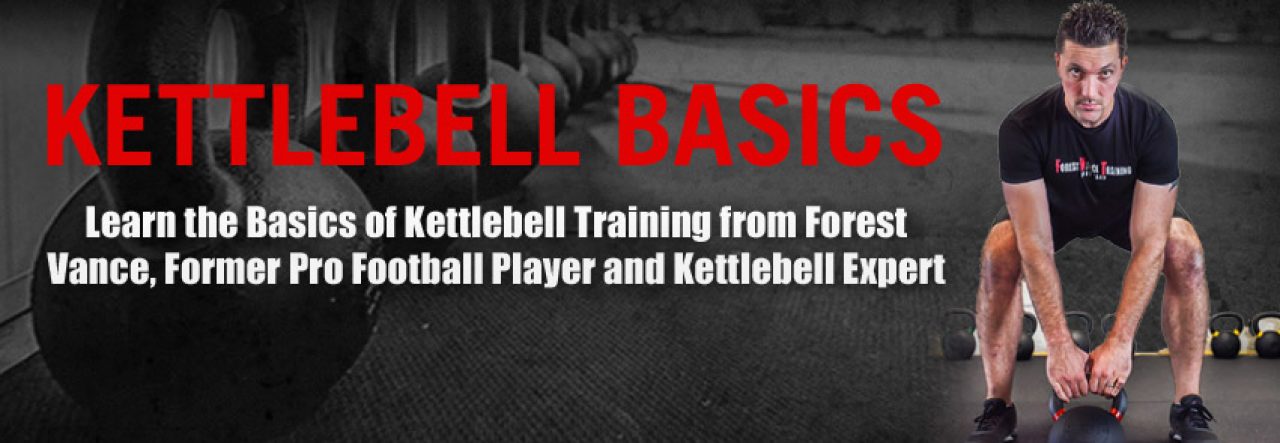Combined with the Swing, the Turkish Get-Up forms the foundation of our basic kettlebell exercises. In contrast with the Swing which is considered a ballistic move (it’s fast and explosive), the Turkish Get-Up is a considered a grind (slow and controlled). One of the best descriptions of the movement I’ve heard comes from world-famous physical therapist and Certified Russian Kettlebell Challenge Instructor Grey Cook: “(The Turkish Get-Up) is as close to weighted yoga as you’re going to get with a kettlebell”.
Take your time to learn the Swing and the Get-Up before moving on to more advanced kettlebell drills. I was guilty myself of trying to jump the gun and get too fancy when I first started my kb training; when I took the time to go back and focus on refining the basics is when I really started to see serious improvements.
So here’s a quick video of what the Turkish Get-Up looks like:
Let’s break it down:
1. Start the movement lying on your back with the kettlebell at about shoulder height. Roll to your side, pull the kettlebell into the body, roll to your back, and punch it up towards the celing like you’re doing a chest press. Both hands should remain on the ‘bell until you get it situated.
2. Keeping the arm extended, roll to the opposite elbow and straighten the off arm. Refer to the video if you’re having trouble visualizing any of this.
3. Bring the leg underneath you, come up to a lunge position, and stand up. Keep the shoulder ‘sucked down’ – nice and stable and attached to the body.
4. Reverse the motion and return to the ground.
That’s the Turkish Get-Up in a nutshell. A good way to learn this movement is by simply doing the first 1/2 of the movement – here’s another video for you breaking that down into a little more detail:
Once you have the 1/2 Get-Up down cold, you can move on to the full version. Master the Get-Up and you’ll be well on your way to bigger and better things!

